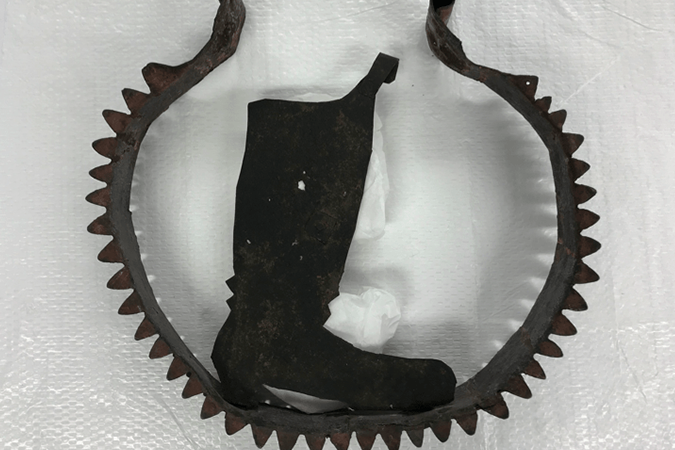By Christopher Malone, WPAMC Class of 2021
The shoemaker shop sign located in the Winterthur Museum’s Shop Lane is a great example of a late 18th- to early 19th-century trade sign which was easy to read from the street, used the traditional trope of the boot to signify shoemaker, and, according to paint analysis, was painted in various colors throughout its lifetime.
While literacy rates in the 17th century are very hard to determine, it’s safe to say that school-age children and some adults, including people of marginalized groups, were not able to fully read or write. Literacy, however, cannot explain why simple signs with simple images were used for taverns, inns, and shops well into the 19th century when literacy rates must have been much higher than 200 years before.


